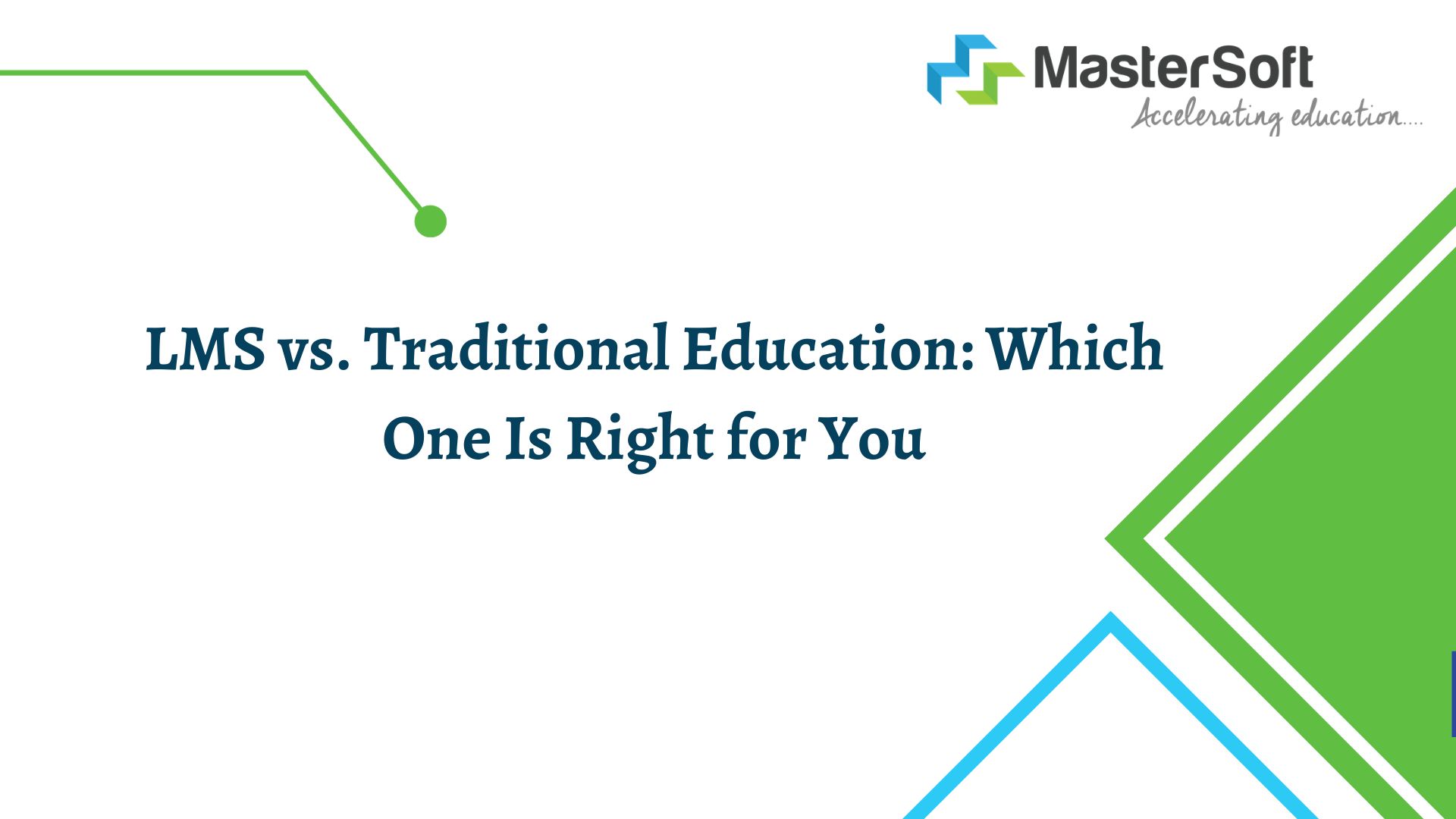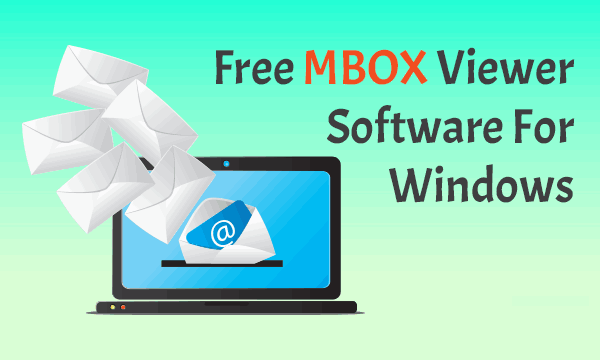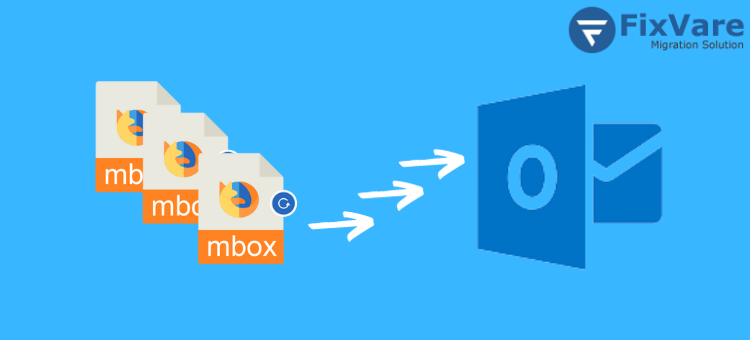LMS vs. Traditional Education: Which One Is Right for You

Education is a dynamic field, constantly adapting to new technologies and pedagogical approaches. One of the most significant advancements in recent years is the rise of Learning Management Systems (LMS) in the world of education. LMS Learning Management Systems platforms offer online learning opportunities, enabling students to pursue their education in a digital environment. This transformation prompts a fundamental question: LMS Learning Management Systems or traditional education? Which one is the right fit for you? In this comprehensive guide, we will explore the characteristics, advantages, and drawbacks of both LMS Learning Management Systems and traditional education, empowering you to make an informed choice that aligns with your learning goals and preferences.
Chapter 1: Defining Learning Management Systems and Traditional Education
Before we embark on our exploration, let’s establish a clear understanding of what Learning Management Systems and traditional education entail.
Learning Management Systems
LMS Learning Management Systems is a digital platform that facilitates the creation, delivery, and management of educational content. It enables students to access materials, interact with instructors, and complete assignments online. LMS platforms offer flexibility, allowing students to learn at their own pace and access content from anywhere with an internet connection.
Traditional Education
Traditional education refers to the conventional classroom-based approach to learning. It typically involves face-to-face instruction, physical classrooms, textbooks, and in-person interactions with educators and peers. Traditional education has been the standard for centuries and remains prevalent in many educational institutions.
Chapter 2: The Advantages of Learning Management Systems (LMS)
LMS Learning Management Systems platforms have garnered attention for several compelling advantages that make them a suitable choice for many learners. Let’s explore these benefits.
1. Flexibility
LMS Learning Management Systems platforms offer the flexibility to access educational content at your convenience. This flexibility is especially advantageous for individuals with busy schedules or those who need to balance their education with other commitments.
2. Accessibility
LMS Learning Management Systems platforms break down geographical barriers, making education accessible to individuals around the world. This accessibility is particularly beneficial for those in remote areas or locations without easy access to educational institutions.
3. Self-Paced Learning
LMS Learning Management Systems platforms allow for self-paced learning. This means that you can progress through your courses at a speed that suits you, whether you need to accelerate your learning or take your time to absorb the material thoroughly.
4. Diverse Learning Resources
LMS platforms offer a wide range of multimedia resources, from videos and interactive simulations to e-books and quizzes. These resources cater to diverse learning styles and preferences.
5. Personalized Learning
LMS Learning Management Systems platforms can provide personalized learning experiences through adaptive learning features. These systems adjust the difficulty of assignments and assessments based on your performance, ensuring you are appropriately challenged.
Chapter 3: The Drawbacks of Learning Management Systems
While LMS platforms offer many advantages, they are not without limitations. It’s essential to consider the drawbacks when making your decision.
1. Lack of In-Person Interaction
One of the significant drawbacks of Learning Management Systems LMS is the absence of face-to-face interaction with instructors and peers. Some students thrive in an environment that allows for in-person discussions and collaboration, which may be limited in online learning.
2. Self-Motivation
LMS Learning Management Systems requires a high level of self-motivation and discipline. Without a structured class schedule, some students may find it challenging to stay on track with their studies.
3. Technical Issues
Technical issues, such as connectivity problems or software glitches, can disrupt the learning experience. These issues can be frustrating and require troubleshooting skills.
4. Limited Hands-On Learning
Certain fields of study, such as the sciences or fine arts, require hands-on experiences that may be limited in online learning environments.
Chapter 4: The Advantages of Traditional Education
Traditional education has long been the cornerstone of learning. Let’s explore the advantages that this method of education offers.
1. Face-to-Face Interaction
In traditional education, students have direct access to instructors and peers, enabling in-person discussions, collaboration, and instant feedback.
2. Structured Environment
Traditional education provides a structured environment with fixed class schedules, which can be beneficial for students who thrive in a routine.
3. Hands-On Learning
Fields that require hands-on experiences, such as laboratory work or artistic practice, are more readily facilitated in a traditional classroom setting.
4. Social Interaction
Traditional education fosters a sense of community and social interaction, allowing students to build relationships and networks that extend beyond the classroom.
5. Personalized Support
Educators in traditional settings can provide immediate, personalized support, tailoring their teaching methods to the needs of individual students.
Chapter 5: The Drawbacks of Traditional Education
Traditional education, while time-tested, is not without its limitations. Let’s consider the drawbacks of this approach.
1. Limited Flexibility
Traditional education often lacks the flexibility to accommodate the busy schedules and diverse needs of today’s learners.
2. Geographical Constraints
Traditional education is bound to physical locations, which can be problematic for individuals who live in remote areas or regions with limited educational resources.
3. Cost
Traditional education can be expensive, with costs associated with commuting, housing, and textbooks. Additionally, tuition fees in traditional institutions are often higher.
4. Large Class Sizes
In many traditional settings, classes can be large, making it challenging for educators to provide individualized attention to each student.
5. Limited Accessibility
Some individuals, such as those with physical disabilities, may face barriers in accessing traditional educational facilities.
Chapter 6: Making the Right Choice
The decision between Learning Management Systems and traditional education is a highly personal one. To make the right choice, consider the following factors:
Your Learning Style
Reflect on your preferred learning style. Are you more comfortable with self-paced, online learning, or do you thrive in a structured, face-to-face environment?
Your Goals and Aspirations
Consider your long-term goals and aspirations. Some fields of study may require hands-on experiences, while others may be more suited to online learning.
Your Lifestyle and Commitments
Evaluate your lifestyle and commitments. If you have a busy schedule or need to balance your education with work or family responsibilities, online learning may offer the flexibility you need.
Your Access to Resources
Consider the resources available to you. Do you have access to a traditional educational institution, or do you require the accessibility offered by online learning?
Your Technical Proficiency
Assess your technical proficiency and comfort with online tools and technology. Online learning requires a degree of technical skill and self-discipline.
Chapter 7: Conclusion
In conclusion, the choice between LMS and traditional education is a pivotal decision that should align with your learning goals, preferences, and circumstances. Both approaches offer unique advantages and drawbacks, and the right choice ultimately depends on your individual needs and aspirations.
It’s important to remember that education is a journey, and your path may involve a combination of both Learning Management Systems and traditional education. Regardless of your choice, the pursuit of knowledge and personal growth remains the most critical aspect of your educational journey. Embrace the opportunity to learn, adapt, and thrive in the ever-evolving landscape of education.



